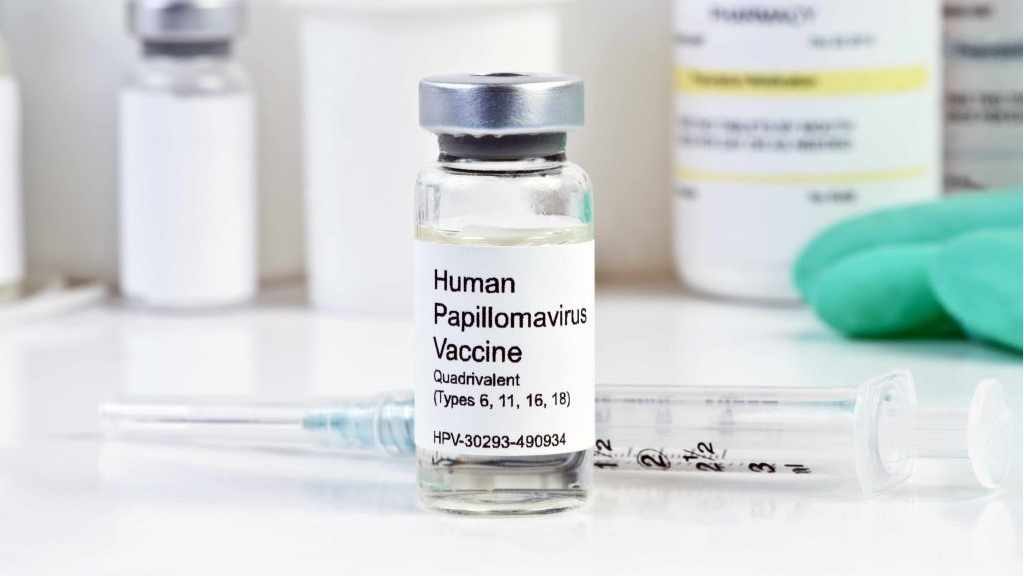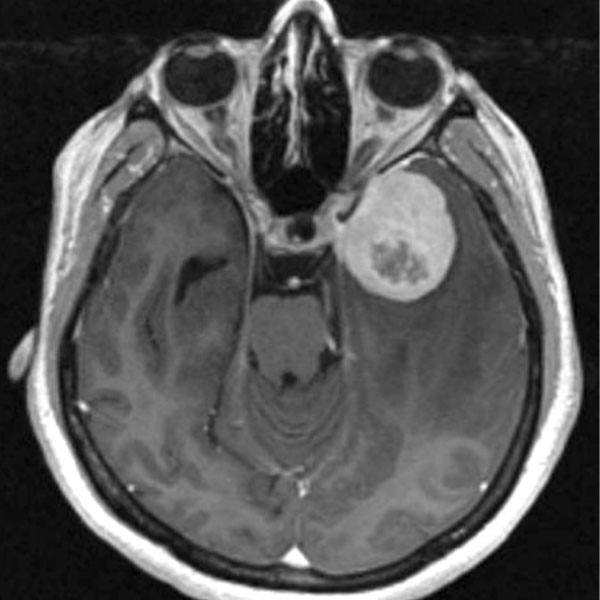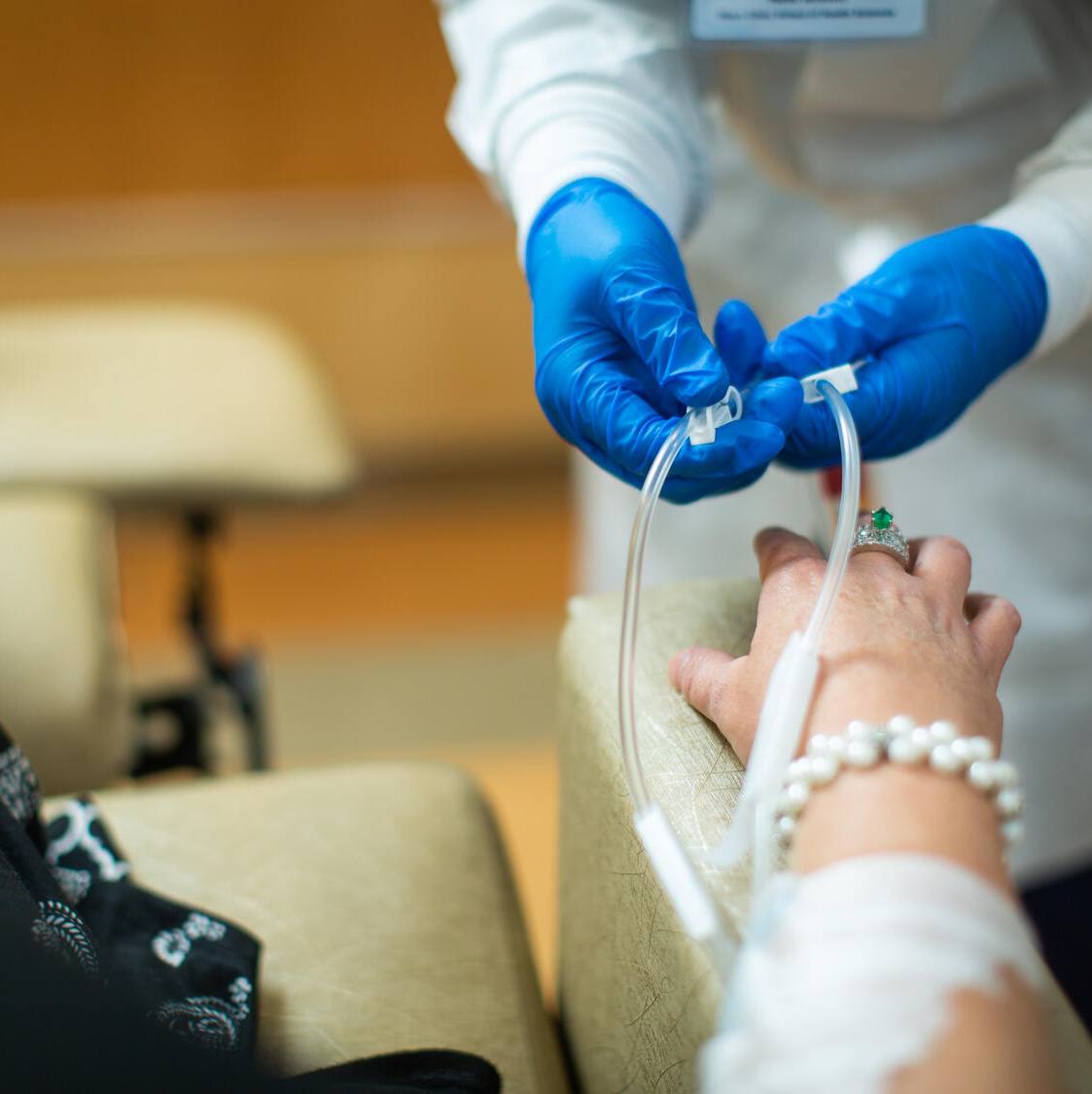-
(VIDEO) Who should get screened for cervical cancer, and when?

Editor's note: January is Cervical Cancer Awareness Month.
When it comes to healthcare screening, different healthcare guideline organizations may have different recommendations. The same is true for cervical cancer screening.
Cervical cancer is almost always caused by a persistent infection with high-risk strains of HPV. Routine screening has dramatically reduced cervical cancer deaths, and regular screenings are essential because early detection makes precancer treatment more effective.
Dr. Kathy MacLaughlin, a Mayo Clinic family physician specializing in cervical cancer prevention, says Mayo Clinic follows U.S. Preventive Services Task Force recommendations.
"They recommend screening for 21- to 65-year-olds, either with a Pap smear every three years or, starting at age 30, the Pap/HPV co-test, or the primary HPV test every five years," she says.
Starting February 5, Mayo Clinic practices in the Midwest will offer a FDA-approved self-collection HPV test to help reduce barriers to screening. This service will later expand to Mayo Clinic in Arizona and Mayo Clinic in Florida.
Watch: Dr. Kathy MacLaughlin talks about screening for cervical cancer
Journalists: Broadcast-quality sound bites are available in the downloads at the end of the post. Please courtesy: "Mayo Clinic News Network." Name super/CG: Kathy MacLaughlin, M.D./Family Medicine/Mayo Clinic.
For women ages 21–65, the U.S. Preventive Services Task Force recommendations are:
- Screening for cervical cancer every three years with cervical cytology alone in women aged 21 to 29 years.
- For women aged 30 to 65, screening every three years with cervical cytology alone, every five years with high-risk HPV (hrHPV) testing alone, or every five years with hrHPV testing combined with cytology (co-testing).
Dr. MacLaughlin says the current guidelines suggest that after age 65, if you've had past negative/normal screening, particularly important in the prior 10 years, it's OK for most people to stop screening, but that might not always be the case.
"People who have previously had precancers (CIN-2 or CIN-3) treated with a procedure called LEEP (loop electrosurgical excision procedure) should not stop screening. If someone is immunocompromised or has had cervical cancer, they should not stop screening. Or if they've had in utero DES (diethylstilbestrol) exposure, they should not stop screening. To exit screening after age 65, there should be none of those risk factors. And then you also need 10 years of either three negative Paps or two negative HPV tests to say, yes, you are done," she says.
If you're unsure if you should be screened, consult your healthcare team to determine what's best for you.
Risk and prevention for cervical cancer
"Persistent high-risk human papillomavirus infection, or HPV, is the cause of the majority of cervical cancers. Anyone with a cervix who is sexually active is at risk, particularly if they haven't had the HPV vaccine series," says Dr. MacLaughlin.

Along with HPV, other risk factors for cervical cancer include:
- Smoking tobacco
- Lack of screening
- Multiple sexual partners
Preventing cervical cancer involves three steps:
- HPV vaccination is most effective if given to preteens/teens (females and males), but it is routinely recommended for all 9-26-year-olds and available through a shared decision-making discussion with your clinician for 27-45-year-olds (females and males).
- Get screened at recommended intervals.
- Appropriate management of abnormal screening results.
What happens with your HPV self-collection results?
Dr. MacLaughlin says about 85%-90% of people will test negative or not have HPV. They will be advised to have repeat testing in three years — though that could change with future guideline updates to five-year interval screening.
However, for those with positive HPV test results, further testing will be needed.
Different types of high-risk HPV are being screened for, she says.
"HPV 16 and HPV 18 are the highest of the high risk. They cause 70% of cervical cancers. If either of those is found on the HPV self-collection test, the patient will need a referral to colposcopy, which is an outpatient procedure where the cervix is looked at under a microscope," says Dr. MacLaughlin. "Some small biopsies might be taken from the cervical tissue to ensure that there's not precancer."
Dr. MacLaughlin explains that if other types of HPV are found on the self-collection test (not HPV 16, not HPV 18), the patient will need to return to the clinic for a Pap test to complete their cervical cancer screening, as that information is necessary to guide the next steps. She says there is a difference from a clinician-collected cervical sample for HPV testing because the lab can add a Pap test to the sample of cervical cells but cannot run a Pap test on vaginal samples. This is expected to happen about 10% of the time.
The U.S. Preventive Services Task Force is updating its recommendations. In its draft recommendation statement, it endorses the HPV self-collection option for people aged 30 to 65.
Related resources:
- Improving cervical cancer screening with HPV self-collection tests
- Mayo Clinic Q&A: What to know about cervical cancer
- Mayo Clinic Minute: Why Black women need to be screened for cervical cancer







